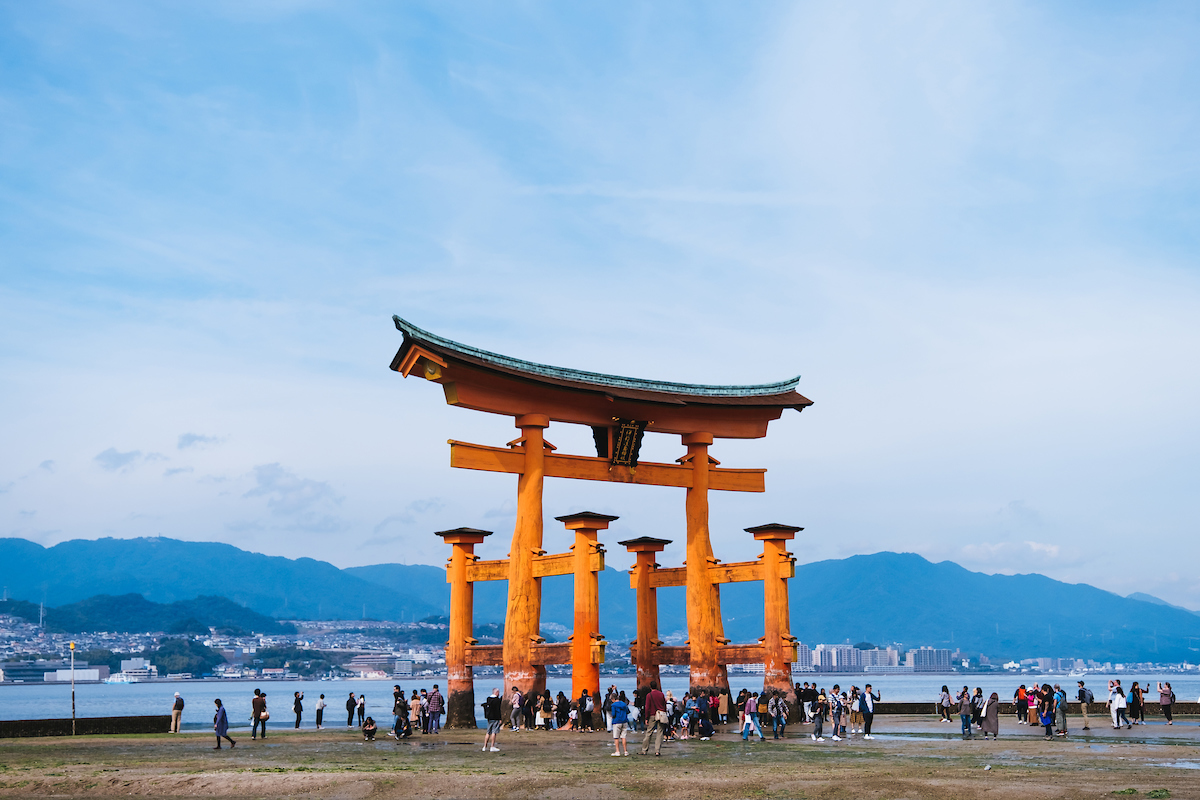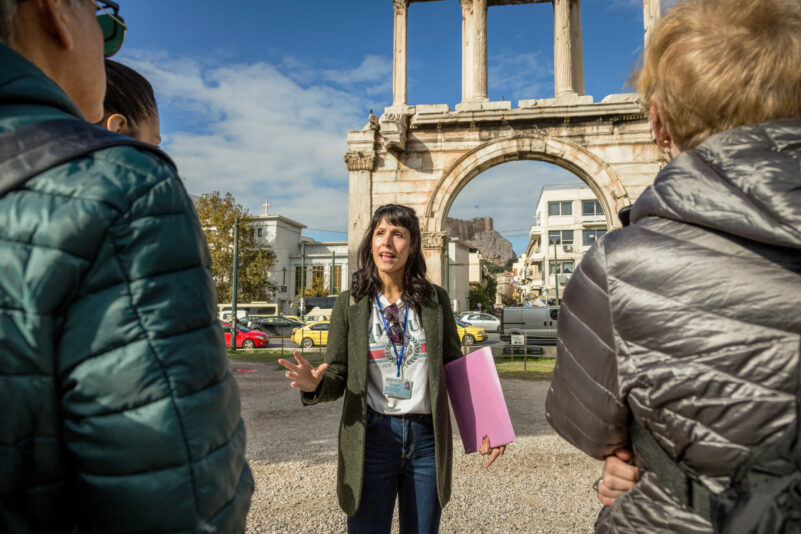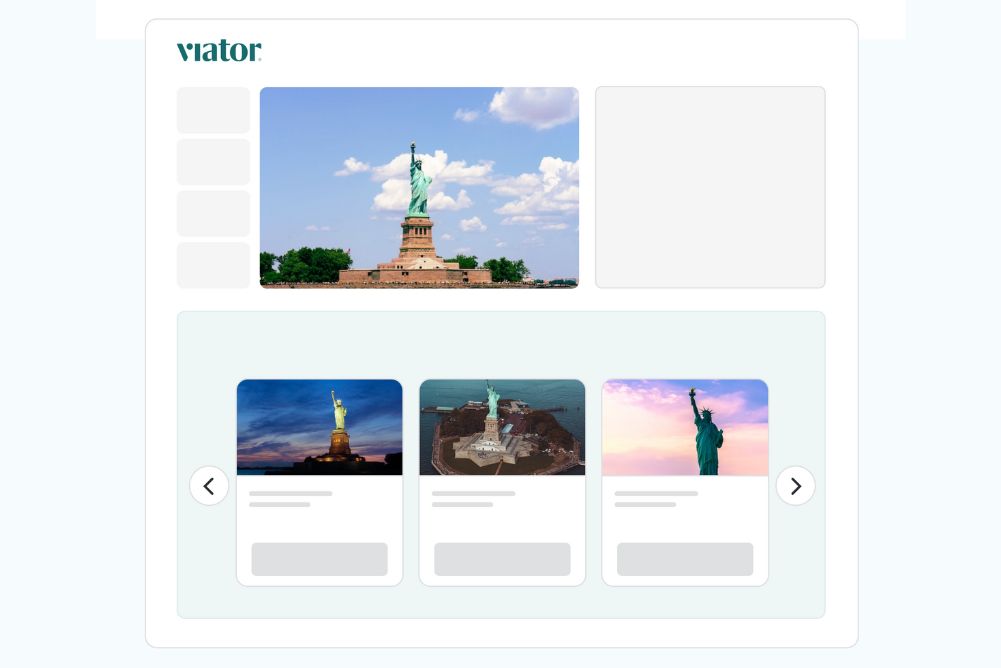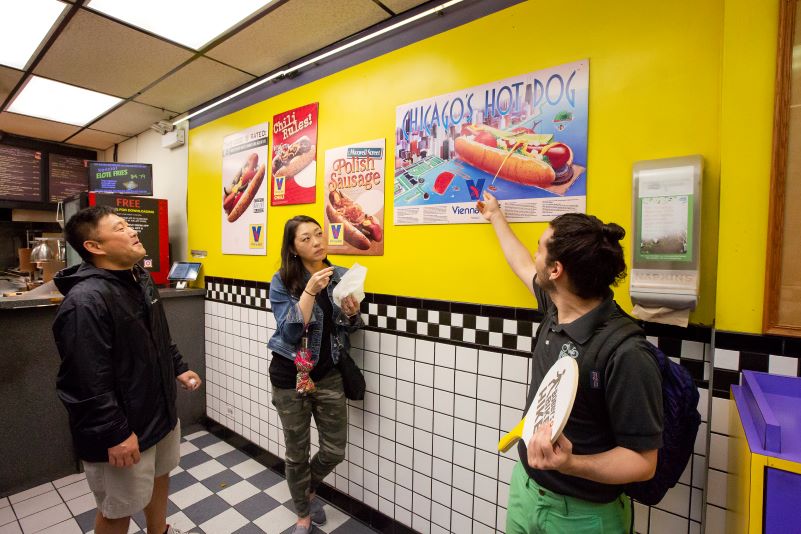Understanding how ranking and sort work on Viator
When a traveler searches for an experience, what is the logic defining which products they see first? It’s an important question that Viator puts a lot of time and thought into, since it is our priority to help travelers to find the right tours for them. In fact, we have a whole team of data scientists working on how to present travelers with the best selection of activities for them.
On our website, travelers can see the breadth of travel product inventory in a lot of different ways; plenty of different lists and shelves display experiences, each with a tailored logic designed to meet travelers’ needs. In this article, we will give you some insights around our sort, display and ranking logic, and share all you need to know about it. We will explain the most significant factors that affect how experiences are showcased to our travelers and, most importantly, what suppliers can do to be more discoverable and attract more travelers eager to book their trip!
Why do we need a ranking system?
A system of ranking is the logic defining how experiences are ordered, one compared to another, and it provides for the display of travel products in a sorted list. We want ranking to help suppliers compete fairly and attract the right guests, and to make it easier for travelers to discover the products that best meet their needs.
In order to provide the best solution to facilitate discovery, excitement and bookings, we have developed a sophisticated ranking approach that combines travelers’ search intent as well as learnings from millions of weekly visitors to our website.
What is our approach to ranking?
Our ranking strategy includes various models for different use cases and is constantly evolving over time. Indeed, we keep improving it by looking at travelers’ feedback, needs and search patterns. We are constantly testing to validate the ranking performance and the impact of new iterations. Our approach relies on complex data science and machine learning algorithms which help make the rankings smarter, more sophisticated, tailored, robust and seasonal.
In our approach to ranking, the position in a list or other display of a given travel product is determined by how it compares to other similar products. Our ranking system is based on 3 key pillars, which each take into account various factors included in the list below:
Pillar 1: Relevancy match (how relevant your product is in relation to a traveler’s search). Factors to determine this include
- Type/category of activity.
- Locations visited (notably which attractions are explored during the tour).
- Title and description (and how they relate to the context or intended search by the user.)
- Personalization to match as much as possible a traveler’s intent: e.g. duration, dates, time of day, skip the line, interest.
Pillar 2: Product competitiveness compared to others
- Reviews
- Rating
- Price
- Availability
- Historical and recent performance on all of the above metrics.
- Compensation: The revenue made by Viator through listing your product may affect its place in a list or display. This doesn’t mean that agreeing a higher commission with Viator will propel your product to the top of a list or most prominent spot in a display. However, it is one of many factors that may have an impact.
Pillar 3: Product popularity among our site users
- Click-through rate: the number of clicks a product listing receives divided by the number of times it may be seen by travelers.
- Page views: the number of travelers who may have seen the product listing.
- Traveler searches: the number of travelers who searched this product.
- Bookings: the number of bookings this product received through Viator.
- Historical and recent performance on all of the above metrics.
Factors we recommend you focus on:
The best strategy to improve a product’s position in a sorted list is to make it as attractive as possible in a competitive landscape. We suggest you review and focus on the following points:
1. Imagery: Focus on both quantity and quality to create excitement for travelers and help them visualize what your experience can offer compared to others. The quality of the photos is also crucial in that they should be clear, professional, relevant and family-friendly. While a product must have at least 2 photos, we highly recommend having at least 6 photos.
2. Description: The product description is one of the first things that travelers read about your experience, so you want to ensure that it is compelling, stands out, and provides the traveler with an idea of what to expect from your experience. The description should be at least 100 characters in length, and detail what travelers will see and do during your experience.
3. Price: Offer competitive rates so that your product stands out in front of the competition is important. We recommend that the suggested retail price represents the product cost honestly, and is conceivably a fair value for the type of experience provided, so you may want to review and adjust your net rate.
4. Availability: Your product’s availability should always be kept up to date, and you should remove dates that are sold out or unable to be operated.
To enable the traveler to choose the tour that they want, when they want it, and with whom they want to go, your product has to have the following details:
- how often the tour runs, and at what times
- whether the tour provides multiple language options
- age bands that the tour is available for
5. Cancellation: We highly recommend using the standard cancellation policy as this provides the best possible traveler experience.
The standard cancellation policy provides a 100% refund for cancellations made at least 24 hours in advance of the start of the experience. Travelers who cancel within 24 hours of the start of the experience will receive no refund.
6. Reviews and ratings: Travelers rely on reviews and ratings, and they are a key part of making the decision on which travel experience to book. Providing a memorable experience and excellent customer service is a great way to ensure a positive review and a higher rating.
The value of the recency of reviews is also a consideration and we recommend at the end of the tour that you encourage your customers to share their feedback with a review, which will help attract even more travelers.
The number of reviews and ratings is aggregated from traveler submissions on both the Tripadvisor and Viator sites.
7. Categorization and theme: It’s important to ensure the type of category is correct for your product. We use the category and theme to determine how to distribute your product on our site so that travelers interested in an experience like yours can easily find it.
8. Locations visited: Provide correct details on location visits – particularly attractions that are explored during the experience – will enable the traveler to make an informed decision about booking your experience.

